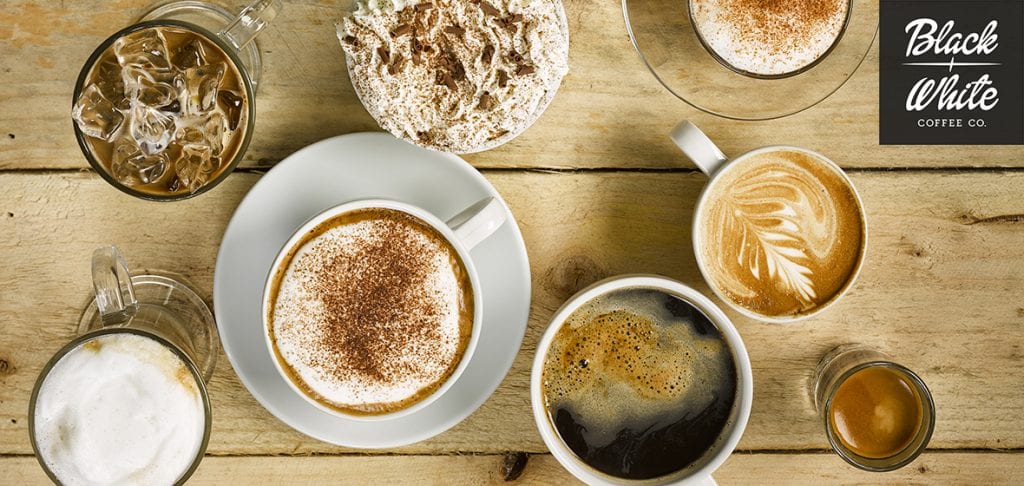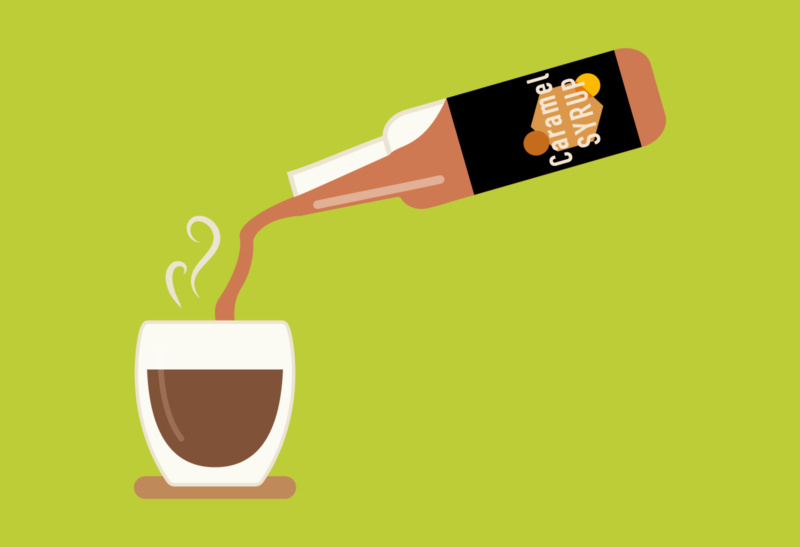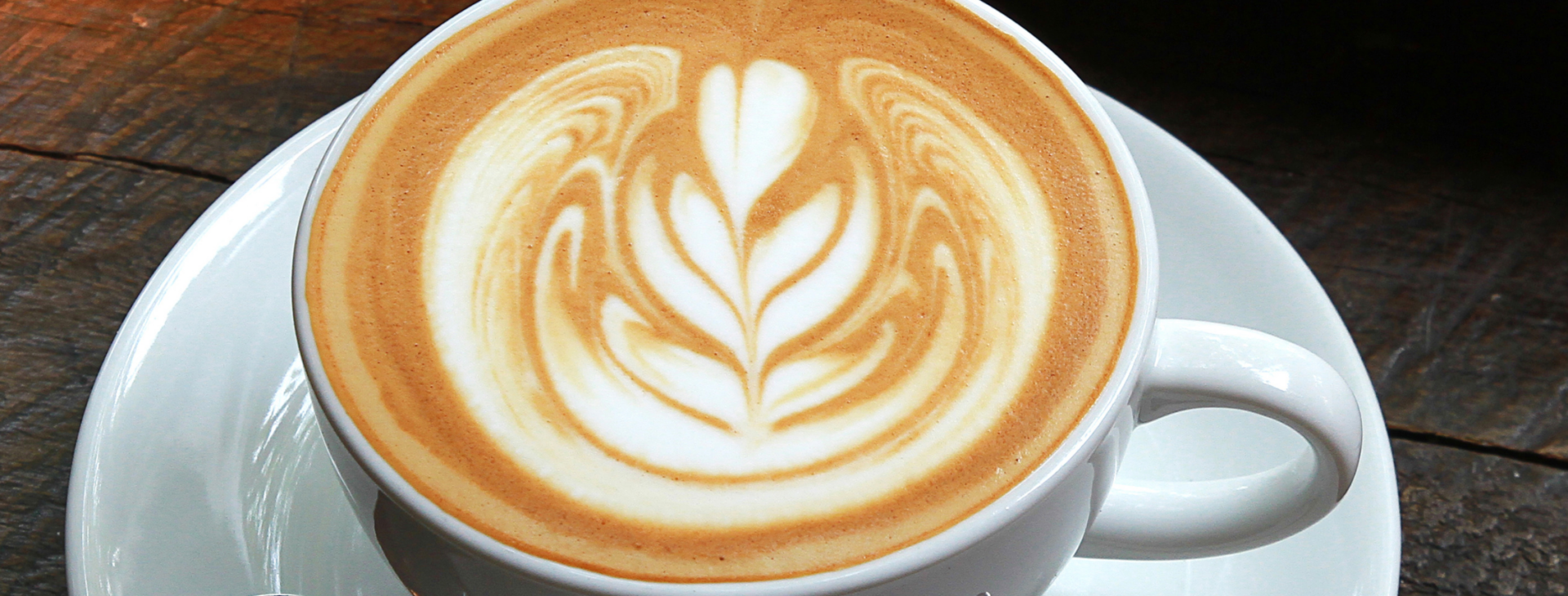Coffee has become so much more than just a beverage; it’s a daily ritual for millions of people around the world and also the second most traded commodity after crude oil.* However, you may have noticed that your favourite beverage has become more expensive. If you’re wondering why coffee prices are climbing, you’re not alone. In fact, coffee prices have climbed to a near 50-year high!*
A range of factors, from climate change to global supply chain disruptions, is behind the rise in coffee prices. Let’s dive into some of the key reasons.
Supply of coffee beans
Global reliance on supplies from relatively few regions and the changes that have taken place in these regions, are the key drivers for the dramatic price rise.
Vietnam’s government have encouraged coffee farmers to rip up coffee plantations and replace them with a fruit called durian which is extremely popular throughout Asia; especially China. Durian trees can be harvested after just 1 year and the profits are greater than coffee, therefore seen as an easy win for farmers.
Robusta beans known for their strong and bitter flavour is the staple for almost all instant coffees. Vietnam is the largest producer of these beans, so with their declining yields; prices have doubled in the last two years. Robusta is now for the first time more expensive than some arabica beans!
Brazil produces the largest volumes of instant coffee in the world and historically has bought robusta beans from Vietnam, but with the shortage, they have to use their own crops of arabica beans as a substitute, which then creates a vicious circle of shortage in the market for arabica. Arabica beans are renowned for its smooth taste and sweet flavour and make up between 60% to 70% of the global coffee market; commonly used in espressos and other barista-made coffees.**
Climate change
Climate change is affecting yields all over the world; coffee is particularly sensitive to weather conditions, and changing climates are affecting coffee-growing regions.
Extreme weather events like droughts, floods, and rising temperatures have damaged crops in major coffee-producing countries like Brazil, Colombia, and Vietnam.


Challenges in coffee farming
Speaking to our coffee suppliers, they explain that coffee is not easy to farm. Coffee beans can only be grown in a relatively narrow tropical band either side of the equator. Key producers include; Brazil, Vietnam, Colombia, and Ethiopia. Brazil is the largest coffee growing nation in the world, with the largest and mostly mechanically harvested farms. In contrast, the majority of farms across Africa are much smaller with up to 2000 small farmers feeding into a cooperative.
Coffee is generally an annual crop and farming is very labour intensive with harvest time being the busiest time of the year. There are only a few producing countries that can have two harvests per year. In addition to start a coffee farm, it will take approximately 3 to 4 years for the newly planted coffee trees to bear fruit.
Did you know? The fruit, called the coffee cherry, turns a bright, deep red when it is ripe and ready to be harvested!
While coffee plants can live up to 100 years, they are generally the most productive between the ages of 7 and 20, so proper care of the farms is crucial to maintain and increase their output over the years, depending on the variety.
Another concern is that coffee farmers is an ageing population. In fact, the average age is 50 years old! In the coffee-growing communities, youth are often involved as members of family smallholder estates with their employment often being informal. This leads to economic uncertainty on a personal scale and therefore the younger generations are less likely to want to become farmers and are more attracted to other form of employment.*** As you can see, coffee farming is not straight forward!
The coffee trend is growing
Nearly every country enjoys a warm cup of coffee whether that is a regular instant or a barista made coffee. In the UK, 95 million cups of coffee are consumed each day! In 2024, it was estimated that 29.8 million kilograms was purchased out-of-home, meaning coffee shops, cafes, workplaces, and coffee on the go are estimated to increase to 34.5 million kilograms by 2028.**
More people around the world are also drinking coffee; especially a growing consumption in big markets such as China – leading to more demand and higher pressure on supply chains.
What is the outlook for coffee in 2025 and beyond?
The stability of the coffee market is difficult to predict with rising consumption and falling yields. New growers need to be encouraged to start farming coffee. To do that, there needs to be realistic return on investment; meaning higher prices for the farmers.
“Speaking to our coffee suppliers, the key area to invest in is Africa, as they have the potential to plug the gaps in the market and become a world power in coffee. But, to do that they need investment and they need it fast – new mills and washing stations are needed as well as training in farming techniques to improve quality and yields.”
Richard LowryHead of Coffee at Bidfood UK
A lot of this work has been started and progress is being made but at slow progress. So, in a nutshell, in the short term it means higher coffee prices.
We will have to accept that to enjoy our favourite coffee, we will need to pay more for it. Not forgetting that it is not only the beans that have increased in price, but everything else related to coffee – milk, cups, electricity, labour plus more. This is evident on the high street with big brands such as Greggs and McDonalds selling good coffee at competitive prices, but even they have had to implement big increases.
So, can you charge more for coffee in 2025?
We believe so, as even with the ongoing cost-of-living crisis and financial pressures; consumers are increasingly indulging in small affordable luxuries, with treat-driven coffee purchases on the up. This trend is accompanied by a preference for higher quality, premium coffee options. ****
Read more about consumer habits in 2025 here: 2025 out of home sector: is it a case of survive or thrive?
Get creative and ensure you are offering the latest coffee trends such as iced-coffees, and flavour coffees – keeping to seasonal variations and not forgetting having a wide range of milk alternatives.
Also look at what other products you can offer alongside coffee to increase customer spend. Research shows that 32% of coffee shop drink buyers are likely to favour venues that offer a wide variety of food and drink options.*****
How can Bidfood support your coffee offering?
The coffee your way team at Bidfood is a team of specialists with over 60 combined years within the coffee industry and we are here to help with all of your coffee needs. We aren’t here to sell you a specific blend or roast, we are here to work together to help you deliver the best coffee experience for your establishment; whether that is supporting you to find a specific kind of machine you require, or training your staff.
In the current climate, cost savings are where we can help the most. We have relationships with numerous brands and coffee roasters and we working together to get the right blend at the right price.
Explore our coffee offering here: Wholesale coffee bean suppliers and distributors.
Also check out our new foodservice packaging solutions guide for our range of takeaway cups and accessories.

Sources:
*CNBC, Sustainable future, 2024
** Lavazza Pro, UK Coffee Statistics, 2024
***International coffee organization, Youth in coffee, 2023
****Lumina Intelligence, How consumer trends are shaping the future of coffee menus, April 2024
*****Mintel, Cafes and coffee shops UK, 2024





